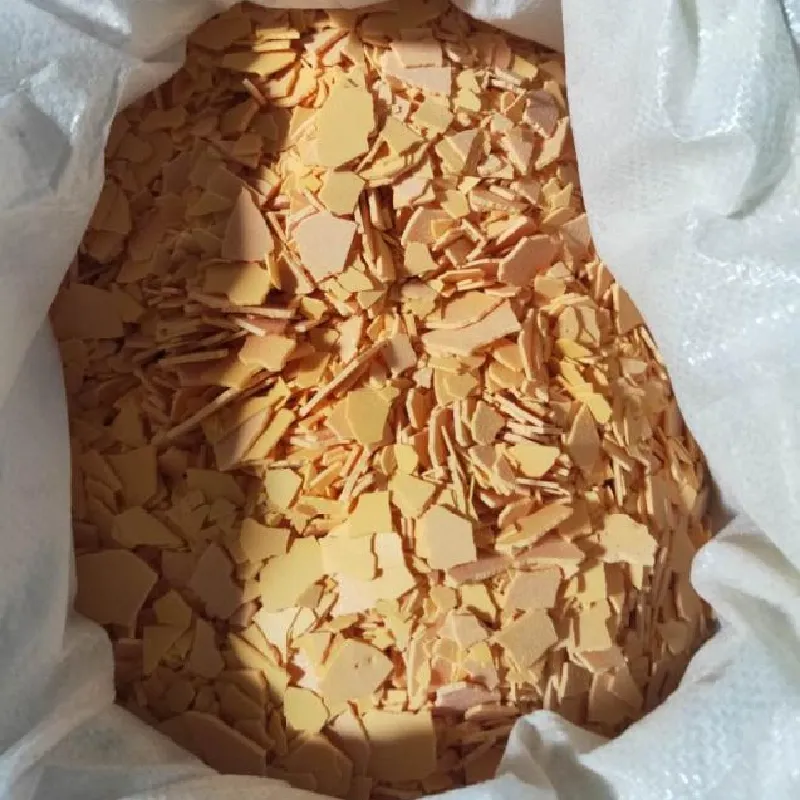
Swimming Pool Water Maintenance Solutions and Chemical Treatments for Optimal Cleanliness
The Importance of Swimming Pool Water Treatment Chemicals
Swimming pools are a source of enjoyment and relaxation for countless people around the world. However, maintaining clean and safe water is crucial for ensuring a pleasant swimming experience. This is where swimming pool water treatment chemicals come into play. They serve essential functions in keeping the water clear, balanced, and free of harmful pathogens.
The Basics of Water Chemistry
To understand the role of water treatment chemicals, it's essential to grasp the concept of water chemistry. Pool water can be affected by various factors, including environmental debris, swimmer contaminants, and the water source. Without proper treatment, pools can become breeding grounds for bacteria and algae, posing health risks to swimmers. Thus, balancing the pH and chlorine levels of the water is paramount.
pH Levels The pH scale ranges from 0 to 14, with 7 being neutral. For swimming pools, the ideal pH level is typically between 7.2 and 7.8. A balanced pH ensures that chlorine can effectively disinfect the water and that it is comfortable for swimmers. If the pH is too low, the water can become acidic and irritate the skin and eyes. Conversely, if the pH is too high, chlorine becomes less effective, leading to inadequate sanitation.
Essential Chemicals for Treatment
1. Chlorine Perhaps the most well-known pool chemical, chlorine is crucial for sanitizing the water. It kills harmful bacteria and microorganisms, preventing infections and illnesses. Chlorine can be introduced into the pool in various forms, including tablets, granules, or liquid. Routine testing of chlorine levels is necessary to maintain safe swimming conditions.
2. pH Adjusters Products such as sodium bicarbonate (baking soda) and sodium bisulfate are commonly used to adjust the pH levels of pool water. Adding these chemicals can help correct imbalances, ensuring that the water remains within the ideal pH range.
swimming pool water treatment chemicals

3. Algaecides Algae growth can quickly turn a sparkling pool into a murky swamp. Algaecides are chemical treatments designed to prevent and eliminate algae in swimming pools. Regular use of these products is advisable, especially during the peak swimming season or in warmer weather when algae thrive.
4. Flocculants and Clarifiers These chemicals help to clear cloudy water by gathering small particles that are difficult to filter. Flocculants cause these particles to clump together, making it easier for the pool’s filtration system to remove them. Clarifiers enhance this process and improve water clarity.
5. Stabilizers Stabilizers, often in the form of cyanuric acid, protect chlorine from being degraded by UV rays. They help maintain effective chlorine levels even under direct sunlight, which is particularly important for outdoor pools.
Best Practices for Chemical Use
To ensure the effectiveness of swimming pool treatment chemicals, it is crucial to follow best practices. Regular testing of the water using test strips or kits can provide vital information about the chemical balance. Additionally, maintaining a consistent cleaning schedule—through vacuuming, skimming debris, and backwashing the filter—will complement chemical treatments.
It is also essential to store pool chemicals safely, following manufacturer guidelines, and to never mix different chemicals without proper knowledge. Safety should always be a priority, as some pool chemicals can be hazardous if improperly handled.
Conclusion
In summary, swimming pool water treatment chemicals are vital for maintaining safe and inviting swimming environments. By understanding and properly utilizing these chemicals, pool owners can ensure that their swimming pools remain clean, clear, and free from harmful pathogens, allowing for enjoyable and worry-free swimming experiences. As we embrace the joys of poolside relaxation, let us remember the importance of proper water chemistry in safeguarding our health and well-being.
-
Pure Sodium Dichloroisocyanurate Dihydrate | Powerful DisinfectantNewsAug.29,2025
-
Industrial Chemicals: Quality & Purity for Every IndustryNewsAug.28,2025
-
Nitrile Rubber Honoring Strict Production StandardsNewsAug.22,2025
-
Aspartame Ingredients Honoring Food Safety ValuesNewsAug.22,2025
-
Fertilizer for Balanced Plant NutritionNewsAug.22,2025
-
Cyanide Gold Processing with High Purity AdditivesNewsAug.22,2025
-
Formic Acid in Textile Dyeing ApplicationsNewsAug.22,2025
Hebei Tenger Chemical Technology Co., Ltd. focuses on the chemical industry and is committed to the export service of chemical raw materials.
-

view more DiethanolisopropanolamineIn the ever-growing field of chemical solutions, diethanolisopropanolamine (DEIPA) stands out as a versatile and important compound. Due to its unique chemical structure and properties, DEIPA is of interest to various industries including construction, personal care, and agriculture. -

view more TriisopropanolamineTriisopropanolamine (TIPA) alkanol amine substance, is a kind of alcohol amine compound with amino and alcohol hydroxyl, and because of its molecules contains both amino and hydroxyl. -

view more Tetramethyl Thiuram DisulfideTetramethyl thiuram disulfide, also known as TMTD, is a white to light-yellow powder with a distinct sulfur-like odor. It is soluble in organic solvents such as benzene, acetone, and ethyl acetate, making it highly versatile for use in different formulations. TMTD is known for its excellent vulcanization acceleration properties, which makes it a key ingredient in the production of rubber products. Additionally, it acts as an effective fungicide and bactericide, making it valuable in agricultural applications. Its high purity and stability ensure consistent performance, making it a preferred choice for manufacturers across various industries.





